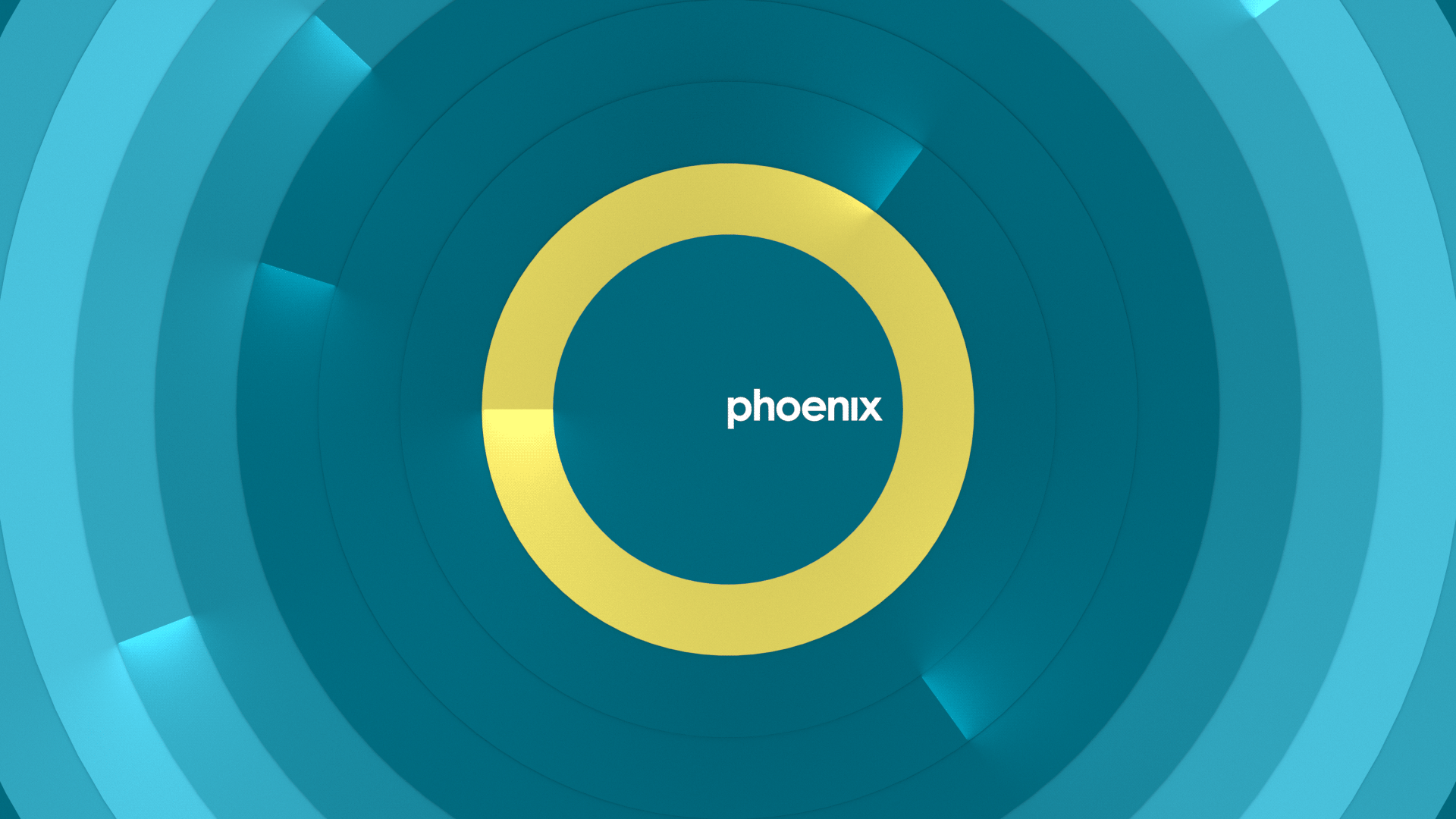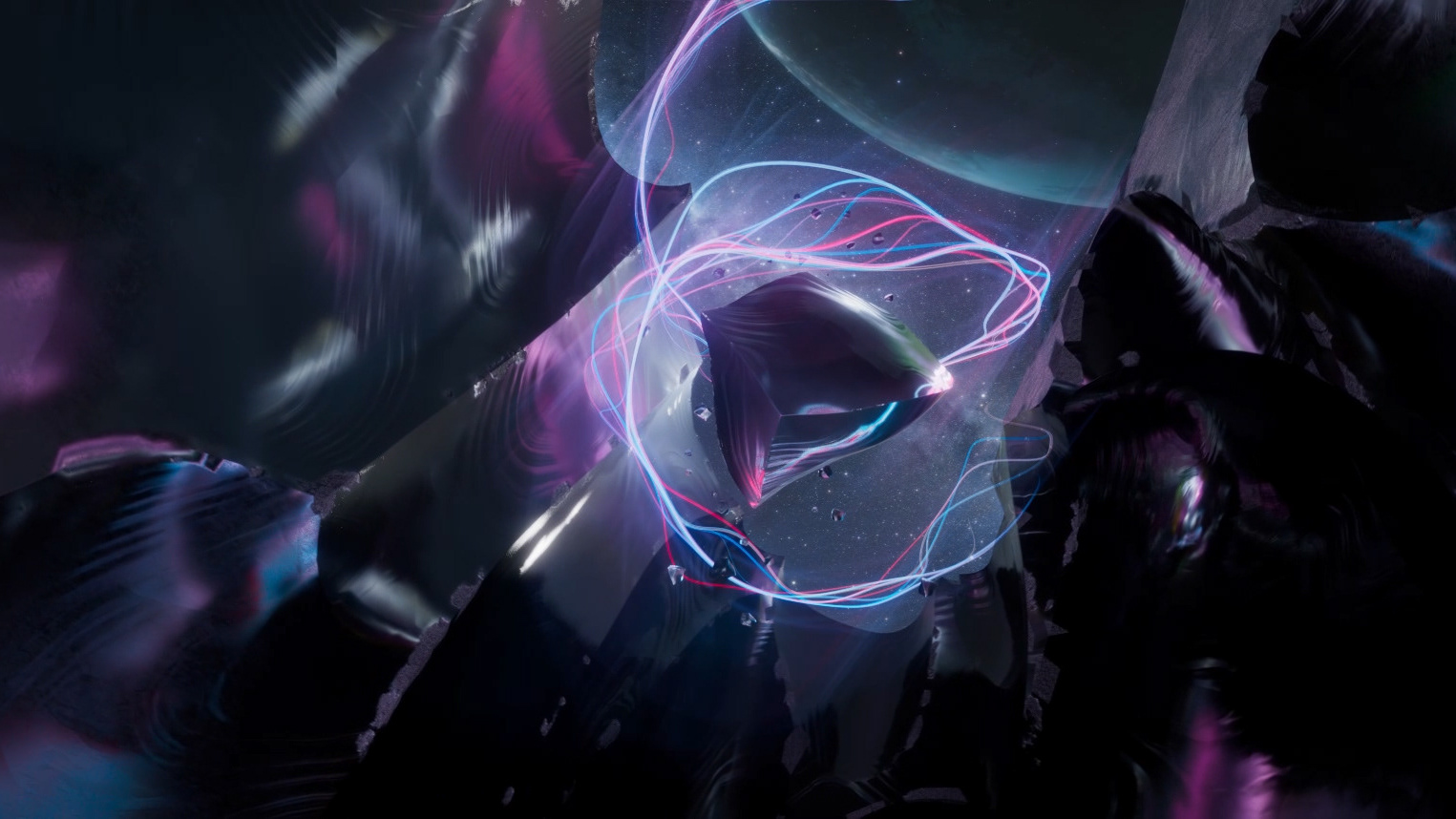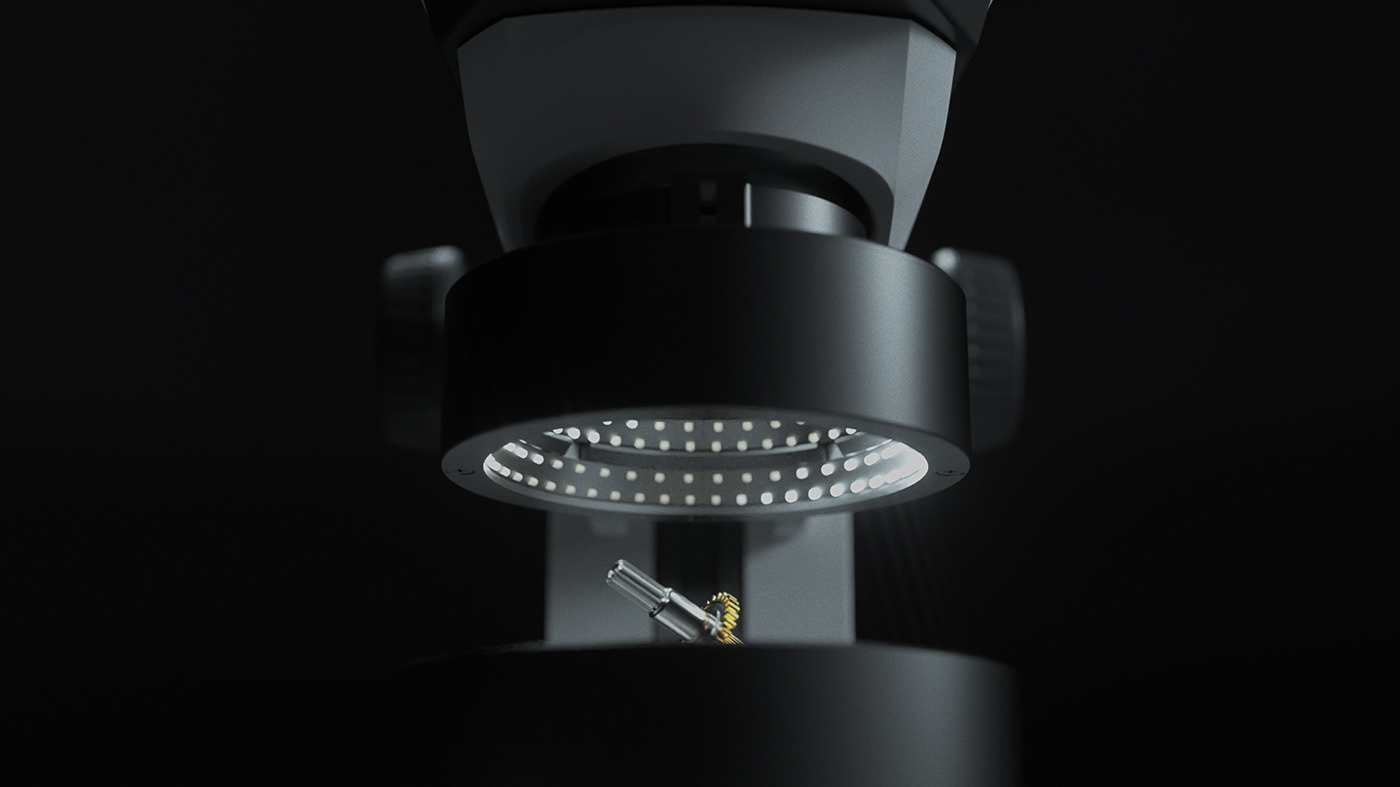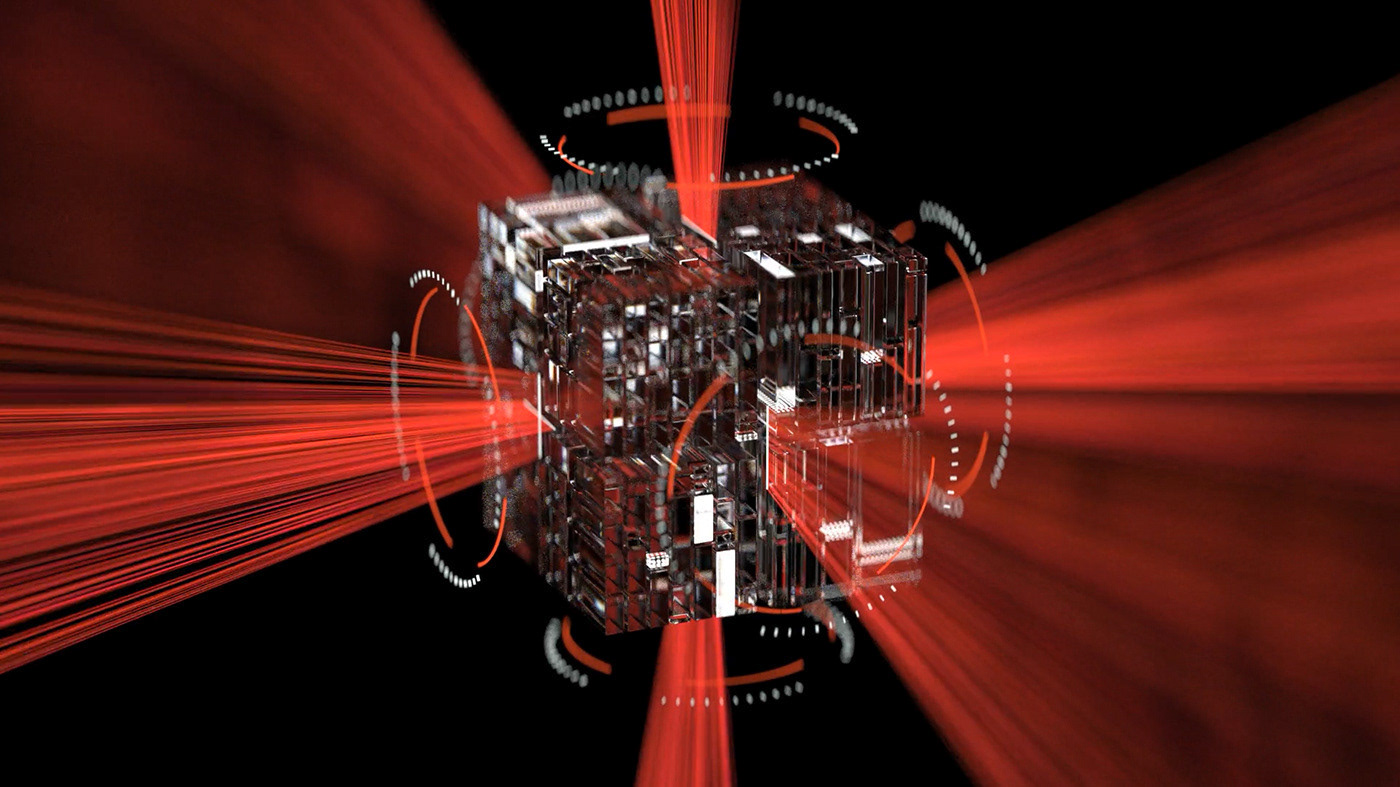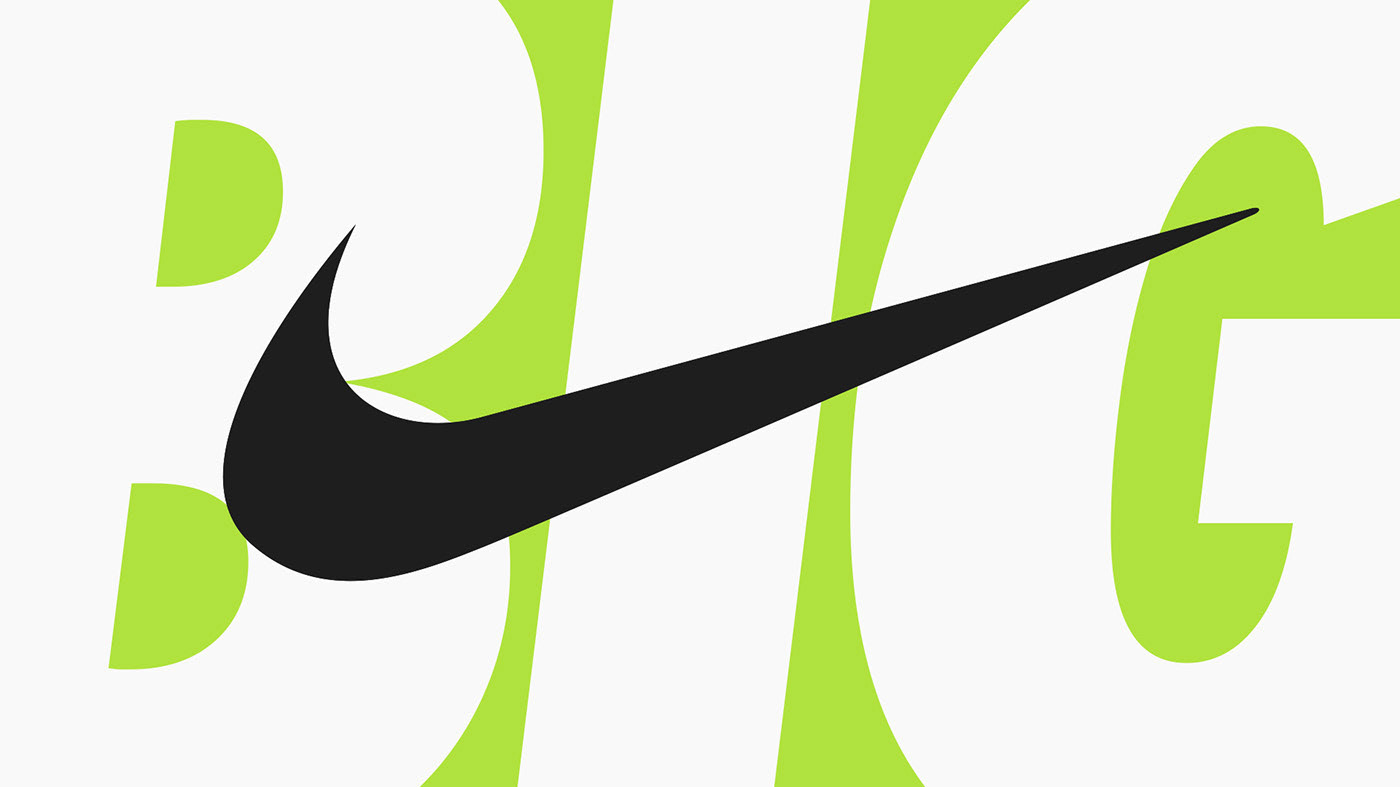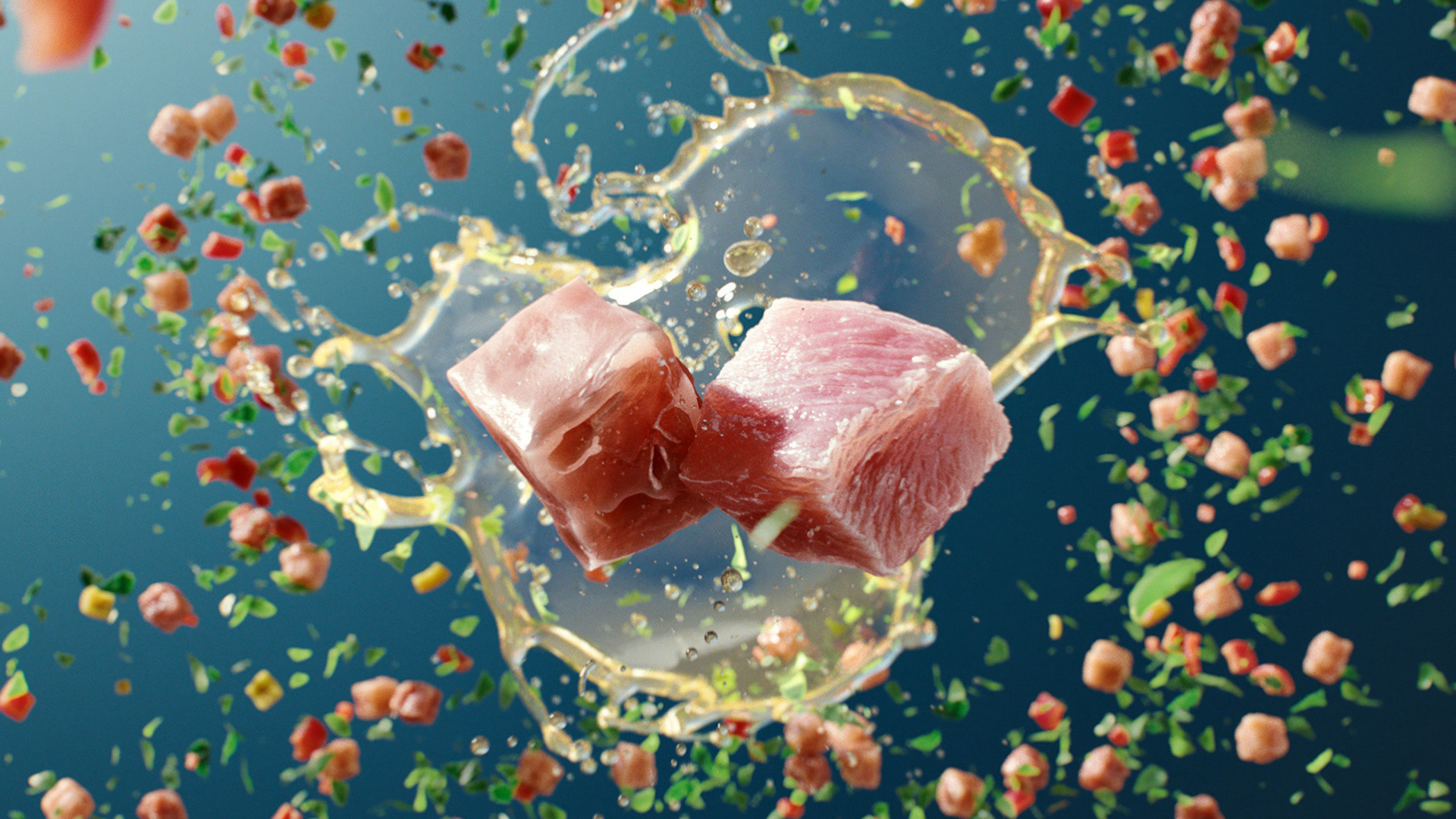The experimental film "Living Space: Experiment in Sound and Picture" takes a closer look at the traces mankind leaves in its natural habitat.
A study project by Bastian J. Schiffer & Yvonne Albert
Soundtrack based on the original music by composer Harry Gregson-Williams for the movie "Phone Booth"
Winter 2005/06
Concept
Based on a highly atmospheric soundtrack that combines music and diegetic sound, the photography of this study project aims to not only mirror the auditory layer but through a very rhythmic edit tries to create an even denser, more interlocked and immersive experience. In the course of the exercise, the edit plays a more dominant role, mirroring the percussive rhythm of the soundtrack.
Though starting with a rather dark outlook on its subject, the piece tries to end on a positive note by means of a long last shot, directly contrasting the intense rhythm of the central section of the film. Over the course of the piece, the absence of humans in the portrayal their living space becomes evident – leaving the look at the mankind's traces as the central theme of the exercise.
Central in the exercise was a high interest in an artistic process evolving around the digital emulation of Super 8 filmstock and the meanwhile superfluous use of analog artifacts like film burns, worn-out filmstock and the shallow depth of field of analog recording devices.
Shot on a small Panasonic NV-MX500EG 3CCD MiniDV consumer camcorder as a study project in 2005, the film tries to negate its digital root completely through a tedious process of postproduction and layering of visual elements like film burns, scanned marker traces, cue marks, dirt and dried liquids.
Done as a study project for the Media Design Programme at the University of Applied Sciences Mainz.
Composited in Adobe After Effects 6.5
Concept & Post Production
Concept and treatment for the project, including mood imagery and research on film artifacts.
The handwritten annotations were done with a black marker on a clear overhead transparency (in order to get the distinct haptic of marker on film), then scanned and inverted before compositing.
The look of dried fluids was achieved with coffee stains on paper, that were also scanned and inverted for compositing.
The edit of the soundtrack, done in Adobe Audition under Windows XP.


